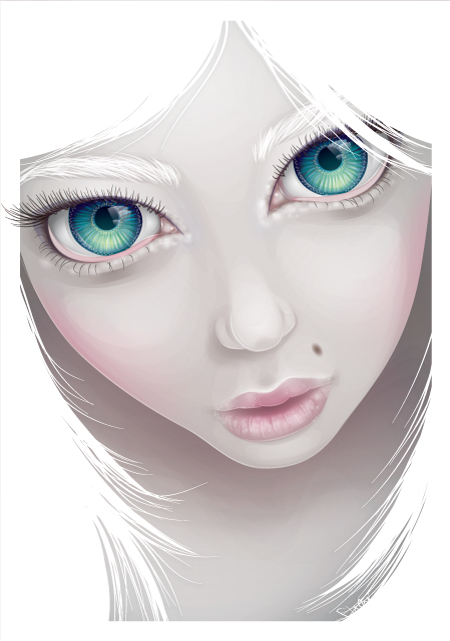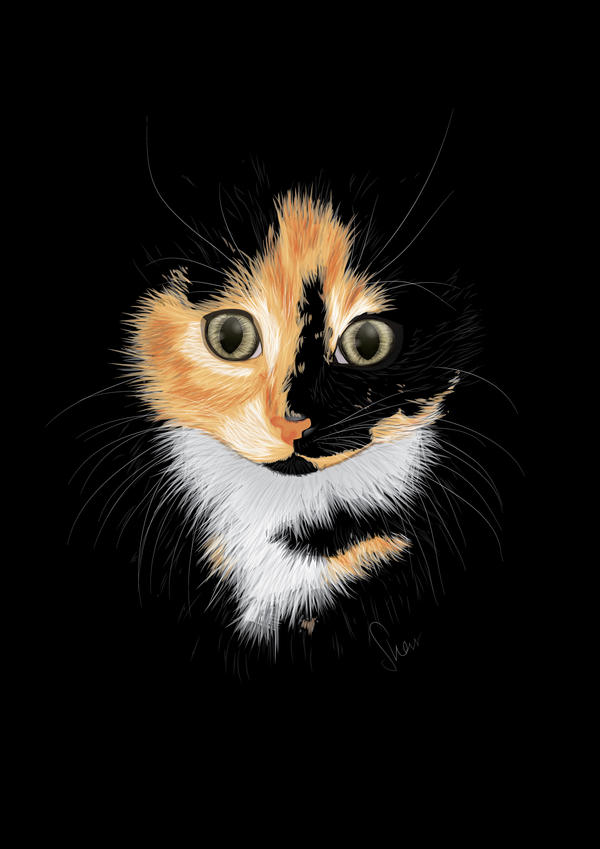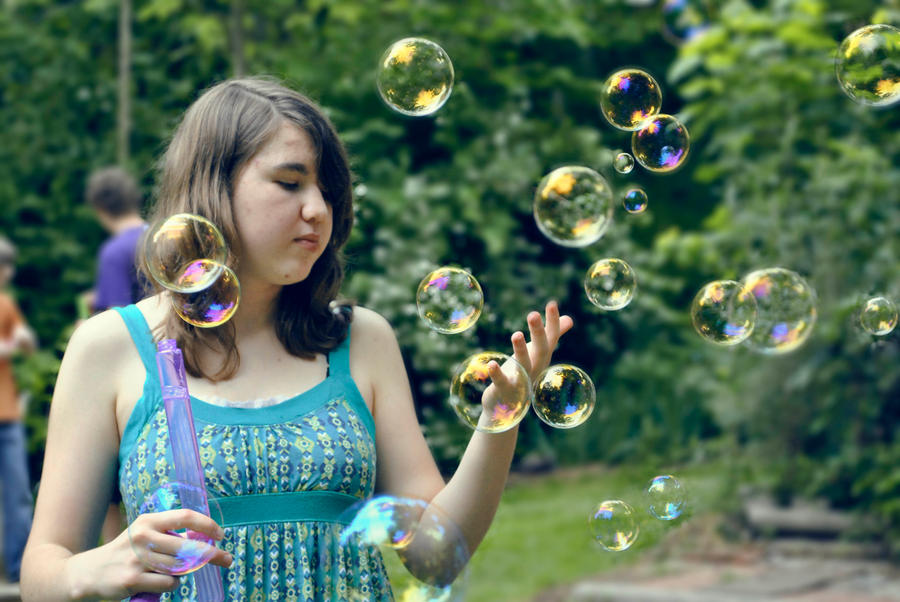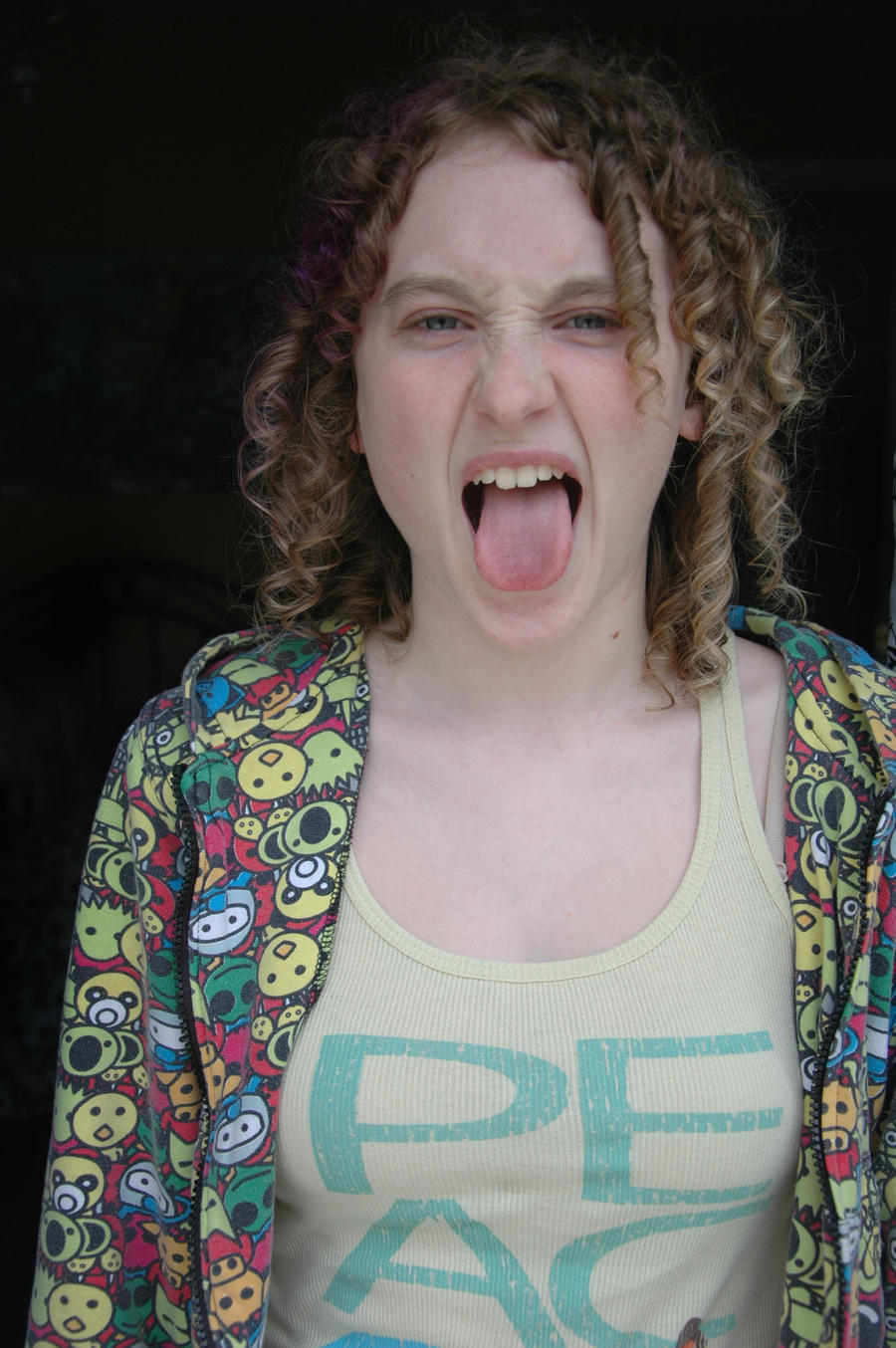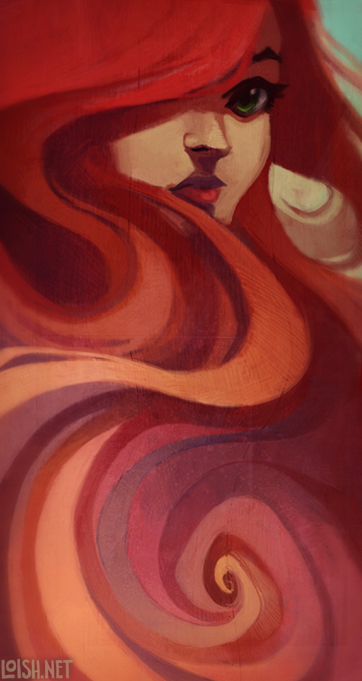
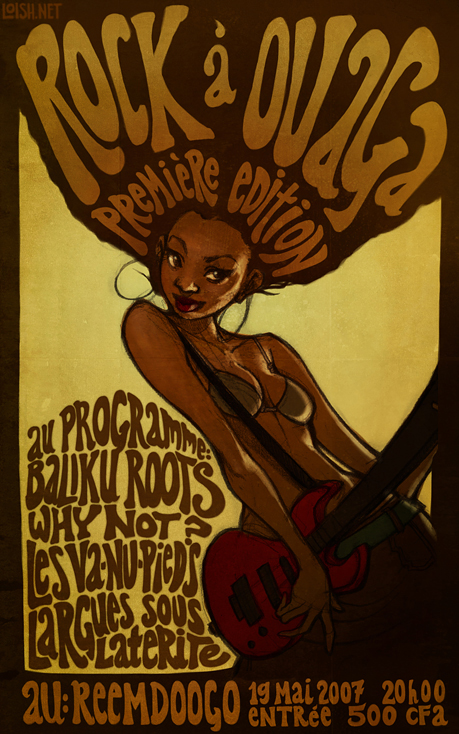
This is my favorite digital artist. I bought her calendar years ago then, when the year ended She is from Holland but has apparently lived in many places around the world. This is unsurprising to me as her artwork seems very cultured... Perhaps all of these different places influenced her work.
Here is one of her galleries: http://loish.deviantart.com/gallery/
I like her work because it is digital yet appears very rustic, almost traditional. She somehow is able to create different textures in Photoshop to create her raggedy looking works. Her digital work resembles a painting, even the animation looks worn and rusty, the very opposite of what you might imagine digital work to look like (crisp and clean). This creates a very distinct style, where the way she paints look like pastels. She is also an expert in color (in my opinion at least) where she uses a wide range of colors and yet none of them oddly stand out or pop like some pieces, instead they all flow together smoothly. She uses dark colors yet the pictures still remain bright. I have noticed through studying a lot of digital artist's their use of colors define much of their style. I have stated focusing on color theories and the different ways to use colors and her color theory is very distinct, so much that I could pick her work out of a crowd. This is a reminder of how much information colors convey to us; it creates the mood of the entire piece. Even though most of her characters are smiling they all portray different atmosphere's through the colors she picks.
Upon researching her for my blog I realized that she actually went to art school specifically for animation, so I watched her most famous piece: Trichome Blue http://loish.deviantart.com/art/Trichrome-Blue-137674999 This opened up a whole new view of her for me. Nonetheless though, the style of the animation is so obviously Loish...
She explains many of her techniques on her website's FAQ: http://loish.net/faq/ How she chooses colors, the techniques, even how long it takes to make a picture! I definitely would like to try our her style.

